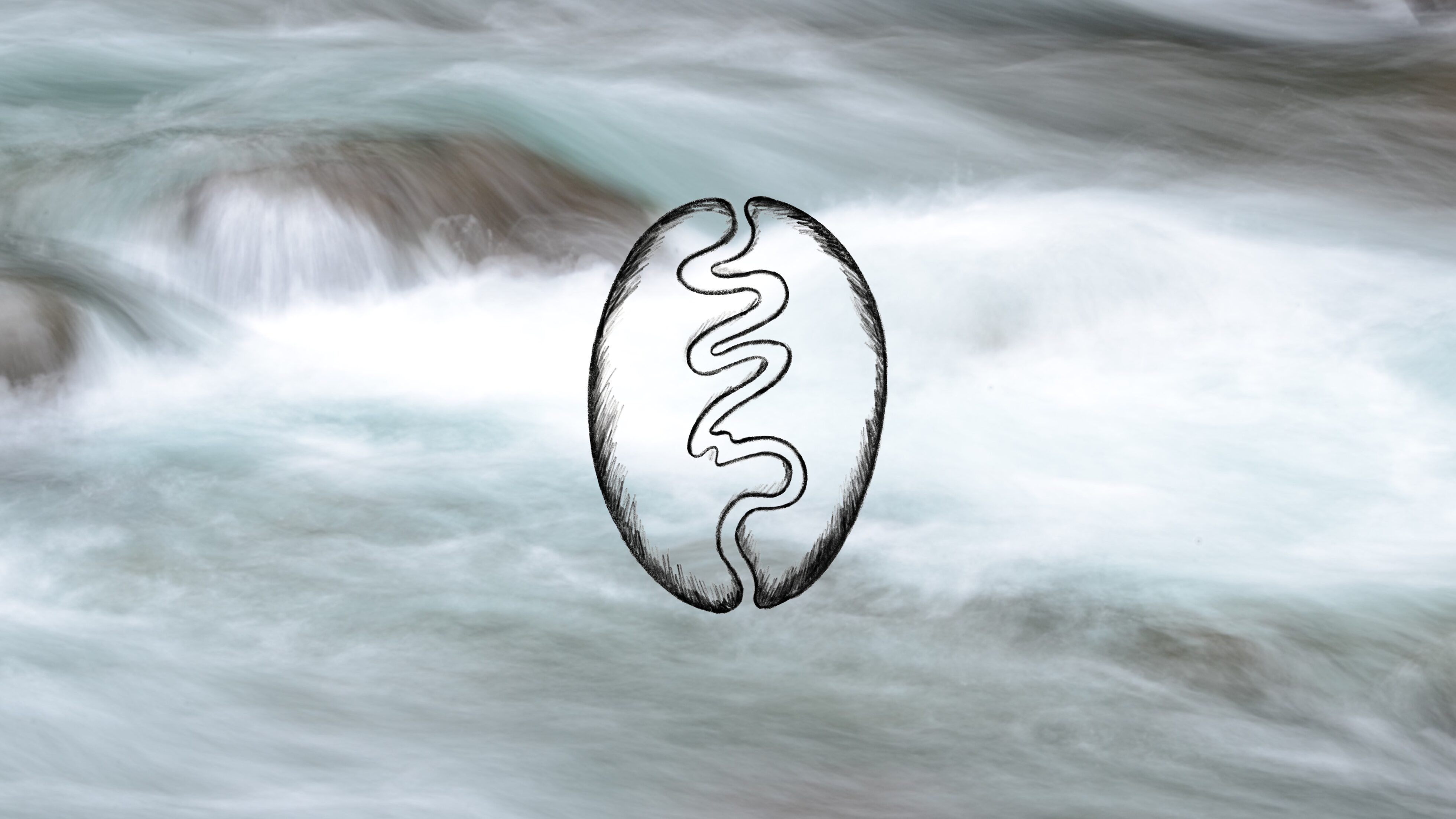Before you take that next sip of coffee, consider this: Some of the beans in your cup of joe might have been picked during the Bush administration.
Arabica coffee that had been stored away as markets cratered in 2013 is now pouring out of warehouses, flooding the market with beans as much as nine years old.
Those beans, which are considered higher quality than the more bitter robusta type typically found in instant coffee, are coming out now because they get cheaper the longer they sit. Prices for better varieties have come down enough to tempt buyers who would usually be in the market for lesser grades.
Coffee that sits for 121 days after being certified by the ICE Futures U.S. exchange in New York loses half a cent a pound in value. The value of three-year-old coffee gets cut by 35 cents a pound. Nine-year-old coffee is discounted by $1.55 a pound, which would make it essentially free, as arabica coffee futures for July delivery on Monday closed at $1.37 a pound.
“There are some very old coffees that have been sitting around for years that are going out the door,” said Edgar Cordero, senior adviser on global strategy for the Colombian Coffee Federation, an industry group.
According to exchange data, at the end of May, 18% of exchange-certified beans were over three years old, compared with 11% in May 2013. Several coffee roasters said they wouldn’t purchase beans that were more than a year old because they lose their flavor.
Coffee buyers said the oldest arabica beans are headed to bulk and instant coffee roasters, and ultimately to the companies that supply largely institutional coffees that can be found at some hotels, schools and vending machines. Many are expected to combine the older beans with newer ones or roast them longer to mask the taste.
“You’re not going to see this in your Starbucks,” said Jorge Cuevas, chief coffee officer at coffee importer Sustainable Harvest, based in Portland, Ore. “It’s mostly going to be in generic brands that you might get at an institutional level.”
As arabica coffee’s value deteriorates in storage, it becomes more attractive to certain commercial buyers that typically favor the lower quality and cheaper robusta bean, said Judith Ganes Chase, president of commodities research firm J. Ganes Consulting LLC of New York.
In addition, droughts in the robusta growing regions of Brazil and production delays in places like Indonesia have pushed the price of robusta up 7.8% this year, which recently narrowed the gap between the two varieties to less than 50 cents a pound. The gap has widened to more than 60 cents as of Monday.
Robusta for July delivery closed at $1,649 a ton on ICE Futures Europe on Monday.
Some of the beans are so old that most lenders won’t allow buyers to use them as collateral, according to a person familiar with industry lending practices. Beans over two years old are typically assigned little or no value, the person said.
The now-declining glut of stored coffee got its start in 2011. Futures for arabica coffee hit their highest price in more than three decades that year at $3 a pound, boosted by limited supply and a new appetite in tea-drinking emerging markets like China. Overproduction followed, and the beans arrived just in time for emerging-market growth to slow. By 2013, arabica futures prices had fallen to $1 a pound.
Producers stored their coffee rather than sell it cheaply. The average age of beans sitting in coffee exchange-certified warehouses peaked at 853 days in February 2015, up 80% from two years earlier, according to data from the ICE Futures U.S. exchange. Producers are now beginning to unload that coffee, reducing the average age to 648 days, ICE data show. That is still an old bean, but the shrinking average age is a sign that the oldest are leaving storage for the marketplace.
Inventory depletion is helping to bolster pricing, with arabica up 8.4% this year after touching a one-year high last week. Brazil, the largest coffee producer in the world, is expected to have a record arabica crop in the 2016-2017 marketing year but will need to use a larger amount of that crop to supply its own population, according to the International Coffee Organization, an intergovernmental body. The country exported so much coffee earlier this year when prices were favorable that the country’s coffee exporting organization said Brazil needed to dip into old stocks to meet the nation’s demands.
The difference between a one-year-old cup of java and two-year-old coffee for discerning drinkers can be striking.
Allie Caran, an educator at coffee roaster Toby’s Estate in Brooklyn, roasted two Brazilian coffees at a recent tasting, one two years old and one from Brazil’s most recent harvest.
Both were roasted that day, she said, but it was impossible to taste the “graham cracker, sweet toffee and toasted hazelnuts” detected at the farm where the now two-year-old coffee was grown. The coffee tasted like the jute bag it was shipped in, she said.
“It reminds me of cedar. Or a toothpick,” Ms. Caran said. “This isn’t a coffee we’d sell.”
It is a coffee you can survive, however.
“Even if the beans get moldy, you’re roasting them above 200 degrees Celsius (392 degrees Fahrenheit), way above boiling water,” said Bill Ristenpart, a professor in chemical engineering and materials science and researcher with the University of California, Davis, Coffee Initiative, a research and educational program. “It kills everything.”



